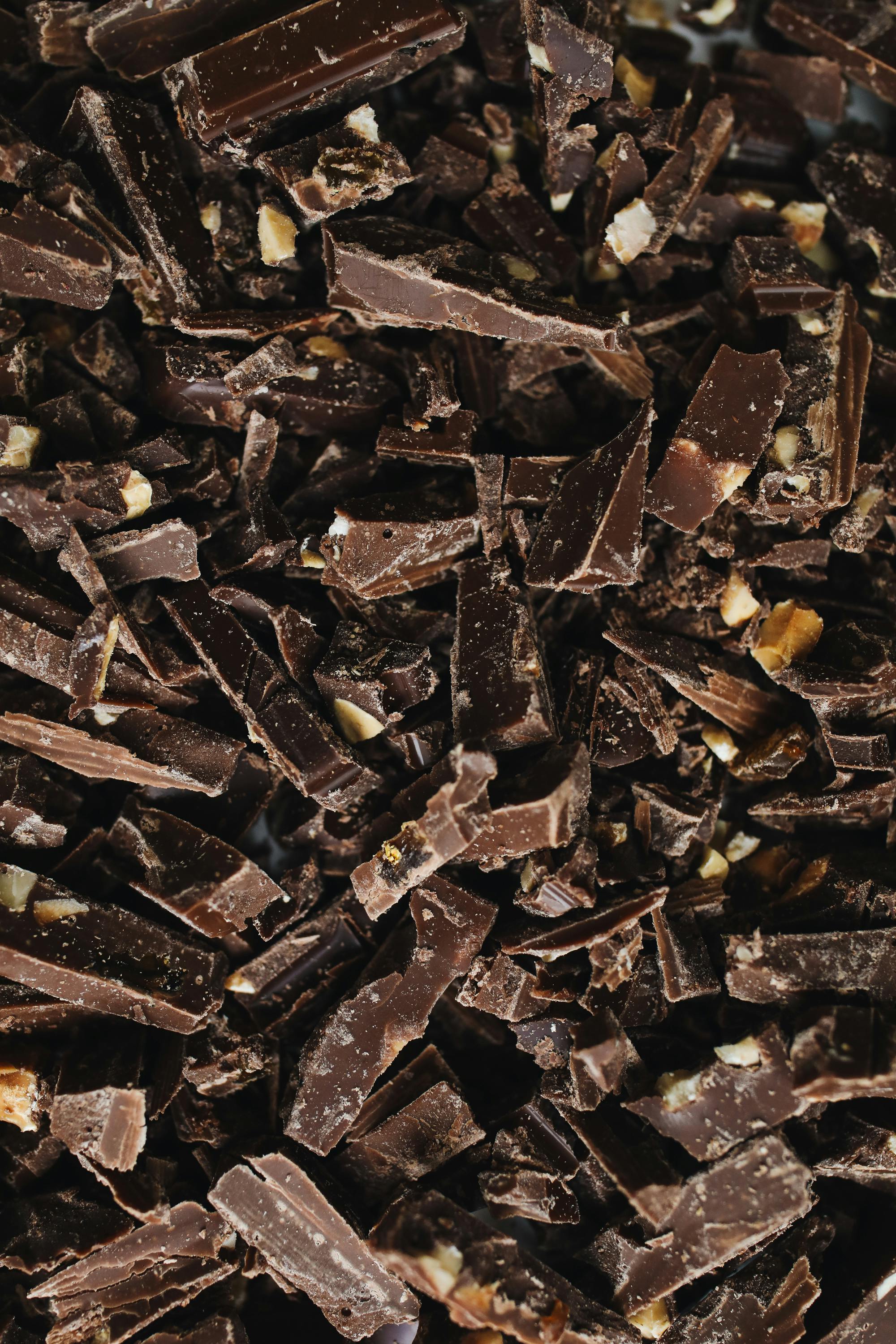Staubläuse Bisse: Understanding and Managing the Pest
What are Staubläuse?
Staubläuse, or *Psocids*, are small, wingless insects that commonly inhabit humid environments. These pests thrive primarily in buildings, where they feed on mold, fungi, and organic debris. Even though they are not harmful to humans, they can become quite a nuisance, especially when their populations increase indoors. Identifying an infestation early is crucial to effective pest management. Their presence can be indicative of underlying moisture problems that need to be addressed. In this section, we will explore their life cycle, behavior, and how to effectively identify them in your home or office.
Life Cycle of Staubläuse
The life cycle of Staubläuse consists of several stages: egg, nymph, and adult. Females can lay hundreds of eggs in optimal conditions, often resulting in rapid population growth. The nymphs, upon hatching, resemble miniature versions of adults and progress through several molts before reaching full maturity. In humid environments, Staubläuse can complete their life cycle in as little as three weeks, leading to potential infestations if not controlled. To break this cycle, it’s essential to monitor humidity levels and address any water sources that may attract these pests.
Identifying an Infestation
Detecting Staubläuse can be relatively straightforward if you know what to look for. Common signs include small, white or grayish insects scattered in areas with high moisture levels, such as bathrooms, basements, and kitchens. Additionally, a light dusting of fine powder around these areas can indicate their presence as they feed on organic matter. An inspection of places like under sinks or behind appliances can confirm an infestation. For effective identification, consider using a magnifying glass to get a better look at these tiny creatures. Below is an image showing typical signs of a Staubläuse infestation:

Preventing Staubläuse Infestations
Preventing Staubläuse from entering your space primarily revolves around controlling humidity and eliminating food sources. Here are a few practical tips to keep them at bay: Install dehumidifiers in damp areas, regularly clean to remove mold, and fix any leaks promptly. Additionally, proper ventilation can significantly reduce moisture build-up, making your environment less hospitable to these insects. By practicing good sanitation and ensuring your living spaces are dry, you can effectively deter Staubläuse and maintain a pest-free home.
Effective Moisture Management
Humidity control is vital in keeping Staubläuse populations low. Investing in quality dehumidifiers can help maintain humidity levels below 50%. Regularly check areas prone to dampness, such as bathrooms and kitchens, to ensure that mold and mildew don’t accumulate. If necessary, consider upgrading insulation and sealing windows to prevent moisture intrusion from the outside. These proactive measures not only help in preventing Staubläuse but also contribute to overall home hygiene.
Regular Cleaning Routines
Establishing a routine cleaning schedule is essential in combating Staubläuse. Regular vacuuming can help remove their food sources, such as organic debris and mold. Pay special attention to hidden corners and areas behind appliances. A deep clean every few months can eliminate potential habitats for these pests. For added effectiveness, consider using eco-friendly mold removal sprays to keep your space cleaner and less inviting to Staubläuse. Below is another image demonstrating areas to focus on during cleaning:

Managing Existing Infestations
If an infestation has already occurred, it’s crucial to take immediate action to manage the situation before it escalates. Here are several strategies you can implement to curb existing populations. Focus on eliminating sources of moisture, using vacuuming to disrupt their habitats, and, if necessary, applying insecticidal treatments designed for indoor use. Regular monitoring will help you determine whether your efforts are effective and if additional steps are necessary. Below are discussed methods to manage existing infestations effectively.
Vacuuming and Immediate Removal
One of the simplest ways to tackle an infestation is through vacuuming. Frequent vacuuming helps remove both Staubläuse and their food sources. Ensure you dispose of vacuum bags promptly, as they can become a secondary habitat if not handled correctly. Regular vacuuming, combined with immediate clean-up of spills and damp areas, creates an environment that discourages the presence of these pests. It’s important to be persistent and consistent in your cleaning efforts to achieve long-term results.
Insecticidal Treatments
If vacuuming and cleaning do not yield satisfactory results, consider using insecticides specifically labeled for indoor environments. It is essential to follow the instructions on the label precisely, ensuring safety for occupants and pets in the home. Opt for eco-friendly or natural insecticides wherever possible, as these can provide soothing solutions without introducing harmful chemicals into your living spaces. Always remember to cover food sources and personal items during treatment to safeguard them against contamination.
Conclusion
Understanding Staubläuse, their habits, and effective management strategies is crucial for maintaining a pest-free environment. By focusing on moisture reduction, regular cleaning, and timely intervention during infestations, homeowners can significantly minimize the presence of these pests. A proactive approach underscores the importance of keeping your living space clean and dry, which not only discourages Staubläuse but also benefits your overall health and comfort.
FAQ
1. What damage can Staubläuse cause in my home?
Staubläuse predominantly feed on mold and organic matter, and while they don’t cause direct physical damage to structures, their presence can signal moisture issues. High mold levels in the home can lead to health problems for inhabitants, making their management essential.
2. Are Staubläuse harmful to pets or humans?
No, Staubläuse are not harmful to humans or pets. They do not bite or transmit diseases. However, their presence can be bothersome and may indicate underlying issues such as excess moisture in the home.
3. Can I remove Staubläuse without chemicals?
Yes, you can effectively manage Staubläuse using non-chemical methods. Regular cleaning and vacuuming, as well as controlling humidity, are excellent strategies to reduce their populations naturally.
4. Why are Staubläuse more common in certain seasons?
Staubläuse thrive in warm and humid conditions, making them more prevalent during spring and summer months. Increased indoor humidity from activities such as cooking and bathing can also attract them.
5. How can I prevent Staubläuse in my garden?
To prevent Staubläuse from entering your home from the garden, maintain dry conditions and limit excessive moisture. Regularly check for damp areas and manage leafy debris promptly to avoid creating environments conducive to their survival.
6. What tools are effective for identifying Staubläuse in hard-to-reach places?
Using a flashlight and a magnifying glass can help you inspect hard-to-reach areas. A sticky trap can also assist in catching these tiny insects, making it easier to monitor their presence.
7. What is considered a safe indoor humidity level to prevent Staubläuse?
Keeping indoor humidity levels below 50% is beneficial for preventing Staubläuse. Using dehumidifiers and proper ventilation can help achieve this standard, creating an inhospitable environment for these pests.
